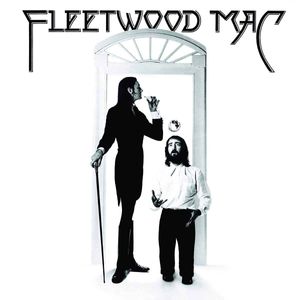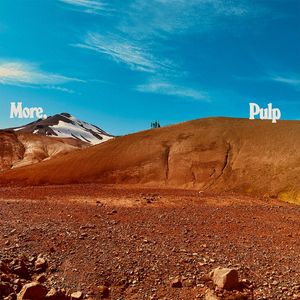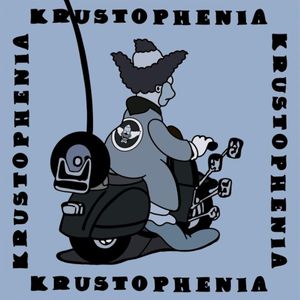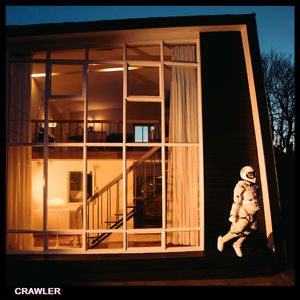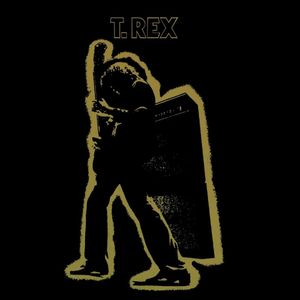State of Rapture: the music of ‘BioShock’
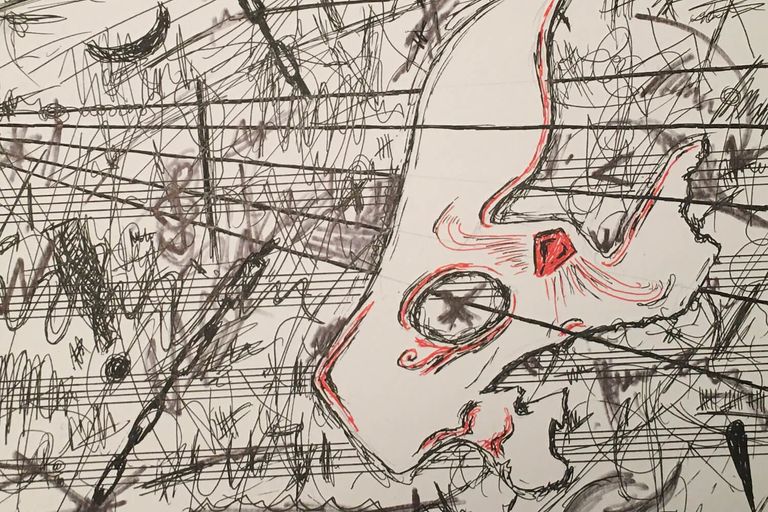
In any conversation about whether video games are art, odds are someone will wheel out BioShock as an example of why they are. And with good reason. The game was a revelation when it was released in 2007, and still garners write ups and analysis all these years later.
The soundtrack plays a huge part in the game’s ongoing prestige. By splicing together classical arrangements, avant garde experimentation, and musique concrete, Garry Schyman created a sound befitting Rapture’s ruinous splendour. Supported by sound designer Emily Ridgeway and given space to explore by creative head Ken Levine, the BioShock soundtrack took on a life of its own.
Earlier this year, before the pandemic kicked off, Schyman was kind enough to share some of his thoughts on the soundtrack’s making.
Classical and avant garde inspiration
The early stages of BioShock’s soundtrack development were highly experimental. Schyman was brought on board by Emily Ridgeway, who he had previously worked with on Destroy All Humans. Schyman began sending snippets to Ridgeway as they searched for the game’s sound together.
Although concept art and story details gave Schyman an insight into the world early on, it was the failed dream of Rapture that touched him most, and guided his approach to its sound. He recognised Andrew Ryan’s uber individualistic vision as another ideal corrupted and warped out of recognition. “It was tragic to me,” Schyman says. Fleeing fascism, communism, and theocracy, Rapture was simply free to create its own nightmare.
It called for something less colourful than traditional video game soundtracks, and Schyman had a willing partner in Ridgeway. “Sometimes you get into the right mindset,” Schyman says. “That was certainly one. I had a really good partner in Emily. She was open and experimental. Some people might have heard of the stuff I did and went, “That’s really too different for a game score.” She was the opposite. She loved it. It was the right people doing the right game.’
The BioShock soundtrack has two key strains that reflect its crumbling world. The first: grand classical arrangements. The second: dissonant avant-garde experimentation from the mid 20th century.
Schyman’s early sources of inspiration lived against similar backdrops of malformed ideals. Of the early 20th century composers he mentions when we speak — Dmitri Shostakovich, Sergei Prokofiev, and Béla Bartók — two were Russian Soviets while the third lived through the collapse of the Austrian-Hungarian Empire. They were no strangers to utopian promises giving way to the same old human mess.

The other main strain of composition that informed Schyman’s early experiments was more unconventional. He incorporated aleatoric music — in which arrangements are partially left to chance. It is a breakdown of order. Dissonant clusters appear like sonic fault lines in the music.
With some composers these fault lines become fissures. While much aleatoric music comes across as fairly benign (think John Cage’s “Music of Changes”), Schyman cites the not so benign György Sándor Ligeti and Krzysztof Penderecki.

Music of this style can be like an ice pick to the frontal lobe — in a good way. Pendericki wrote “Threnody to the Victims of Hiroshima”, a piece of music that makes the violins in Psycho sound like a lullaby by comparison. It won the Tribune Internationale des Compositeurs UNESCO prize in 1961.

Sprinkled on top of these two schools was a healthy dose of musique concrète — the incorporation of raw recorded sounds into composition. (Think the clocks in The Dark Side of the Moon.) Non-musical sounds burst the bubble when needed, keeping the illusion at bay.
A fresh start, levity, grandiosity, giving way to social upheaval, terror, fragmentation, and a whole lot of death; sounds familiar to BioShock fans doesn’t it? Schyman’s influences formed something of a microcosm.
In the early 20th century classicists one finds Rapture’s grandeur and elegance, the promise of something extraordinary. Then in the work of more dissonant, experimental composers there comes a sense of sonic corruption, horror even. Stark realities creep into traditionally lush arrangements to keep them off balance — and listeners on edge.
The penny drops
This molotov cocktail of sounds was what was kicking around inside Schyman’s head when the penny finally dropped.
“One day I had an epiphany,” he says, “an idea with a solo violin and some dark ambient dissonant synth sound. I sent it to Emily and she said, that’s it. That’s the BioShock sound.”
Anyone who has played BioShock is likely familiar with that sound. The soundtrack grew from the seed of that eureka moment, each track a fresh branch. “The hardest part is finding the approach,” Schyman says. “Once you do it gets much easier.”
A life of its own
No composition better shows the soundtrack taking on a life of its own than “Dr. Steinman”. Although the track’s Jaws-meets-Hiroshima Threnody vibe feels custom made for Rapture’s exceptionally gruesome cosmetic surgeon, Schyman was never even asked to write a track for him. It emerged from Schyman’s overflow of writing. “Serendipity, as they say. I was inspired by the world.” When Ridgeway heard the arrangement she knew exactly where to put it.

Fan favourite “Cohen’s Masterpiece” evolved in a slightly different way. The deranged key-pounding of Rapture’s superstar musician was supposed to be limited to his finale, but it became a motif for that section of the game. They liked it so much that they used it throughout the level, overflowing from the soundtrack into the game.

As ever the caveat is needed that video game soundtracks are not the main attraction, and shouldn’t be. As Schyman says himself: “In a way if you’re not hearing the music that’s a good sign, because you're really just drawn deeply in to the whole experience. That’s what scoring is supposed to do. It’s not supposed to be in your face saying listen to me listen to me, forget the game.”
The musique concrete aspects of the soundtrack were especially important for softening that effect. The rickety dockside noises of “The Docks”, for example, ground the music in the setting, setting a tone without stealing the show.
They chose Rapture
In a way the game’s development reflects Andrew Ryan’s vision for Rapture, where ‘the artist would not fear the censor.’ Although Schyman did write the city anthem with Levine, most of his contact was with Ridgeway. Levine of course followed their progress and listened to the work as it evolved, but the game's sound was ultimately their show.
Schyman recalls that Levine’s hands-off approach “added to my creativity. It gave me and Emily the opportunity to experiment, to do wild things.”
Throughout development the message was clear: better to go too far than not go far enough. “Ken once said (and I paraphrase) that we were going to go for making something great. It may or may not be successful but we will not compromise and make something mediocre.”
The soundtrack was clearly made in the same spirit. It is a product of Rapture — magnificent and damned all at once. Where Andrew Ryan failed Ken Levine succeeded, and where Cohen went mad Schyman pushed the boundaries of video game music. Rapture was a spectacular failure, and Schyman’s soundtrack captured that spectacularly.

Related Posts

Max Richter’s evocative activism soothes the soul
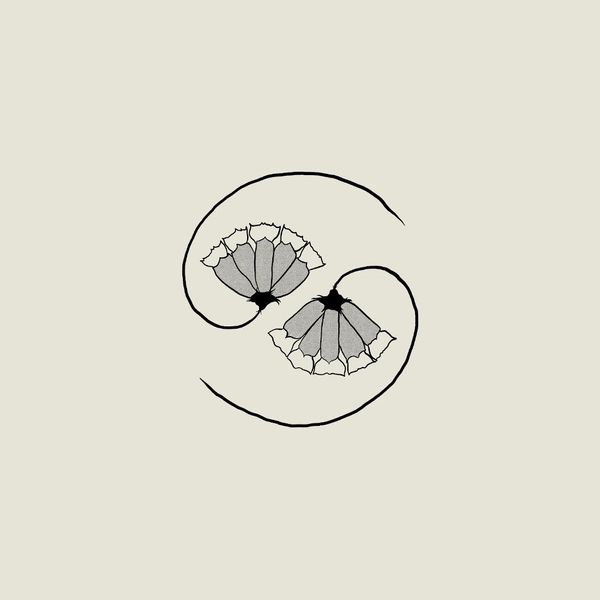
G_d's Pee AT STATE'S END! // Godspeed You! Black Emperor
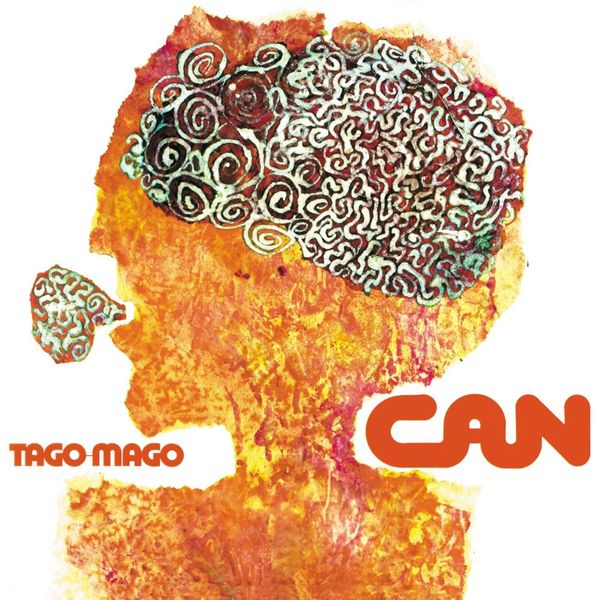
Tago Mago // Can

